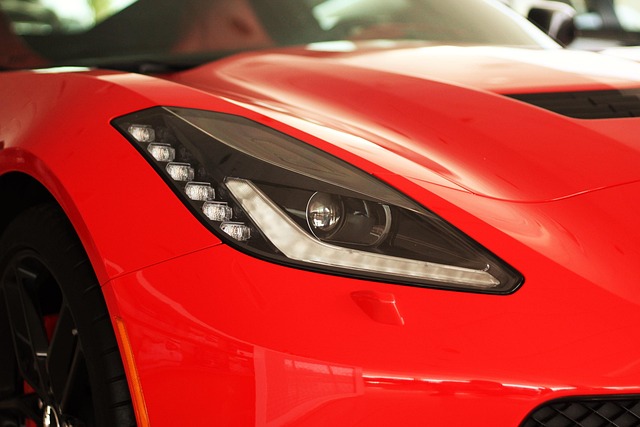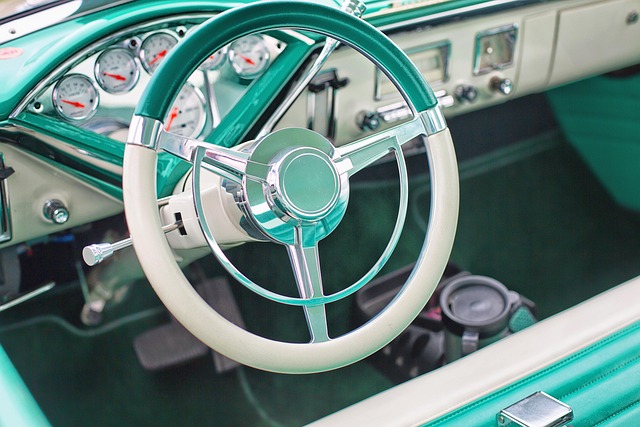The Future of Automotive Design: Unveiling the Latest Electric Window Innovations
The world of automotive design is experiencing a seismic shift, driven largely by the rise of electric vehicles (EVs) and the innovative technologies that accompany them. Among these advancements, electric window design stands out as a key area of evolution, reflecting not just functionality but also a commitment to aesthetics, safety, and user experience.
As electric cars increasingly dominate the market, manufacturers are re-evaluating every aspect of vehicle design, including the humble window. Gone are the days when car windows were simply seen as transparent panels. With the advent of smart technology, electric window design is integrating features that enhance comfort and connectivity for drivers and passengers alike.
One of the most intriguing developments in electric window design is the incorporation of advanced tinting technology. Imagine windows that can adjust their opacity based on the light outside, providing UV protection and energy efficiency without compromising visibility. This innovation not only maintains the sleek lines of modern electric cars but also contributes to their overall energy-saving capabilities, making them even more eco-friendly.
The future of electric window design also focuses heavily on optimal usability. Increased automation is becoming the norm, with features such as touch-sensitive controls and voice activation systems making windows more intuitive. Picture returning to your parked electric vehicle on a hot day, only to have the windows roll down automatically to cool the interior. This kind of thoughtful design elevates the everyday experience of owning a car, making it feel more human-centric.
In terms of safety, the latest advancements in electric window design are impressive. Designers are exploring materials that not only enhance strength and durability but also integrate with the vehicle’s overall safety systems. For example, windows that break and crumble harmlessly, reducing the risk of injury during accidents, represent a significant leap forward in automotive safety technology. This holistic approach proves that electric window design extends beyond mere aesthetics; it’s about protecting lives.
When discussing electric vehicles, it’s essential to highlight the importance of quality car parts and services. The innovations in electric window designs require specialized parts, which means that service centers are adapting. Car service providers are now embracing training programs that equip technicians with the knowledge to maintain and repair these sophisticated systems. As electric cars become mainstream, the demand for skilled services will only increase, ensuring that the futuristic designs are backed by reliable car care expertise.
If you’re a car enthusiast or someone genuinely interested in car news, it’s clear that electric window design is at the forefront of automotive technology. These innovations symbolize a larger trend of sustainability and intelligence in vehicle manufacturing, signaling a future where cars not only serve as a mode of transportation but also as places of comfort and safety.
The evolution of electric window design is a testament to how far the automotive industry has come and where it is heading. It invites us to rethink not just how we perceive windows in cars but also the broader implications these changes have for the automotive landscape and our daily lives.




